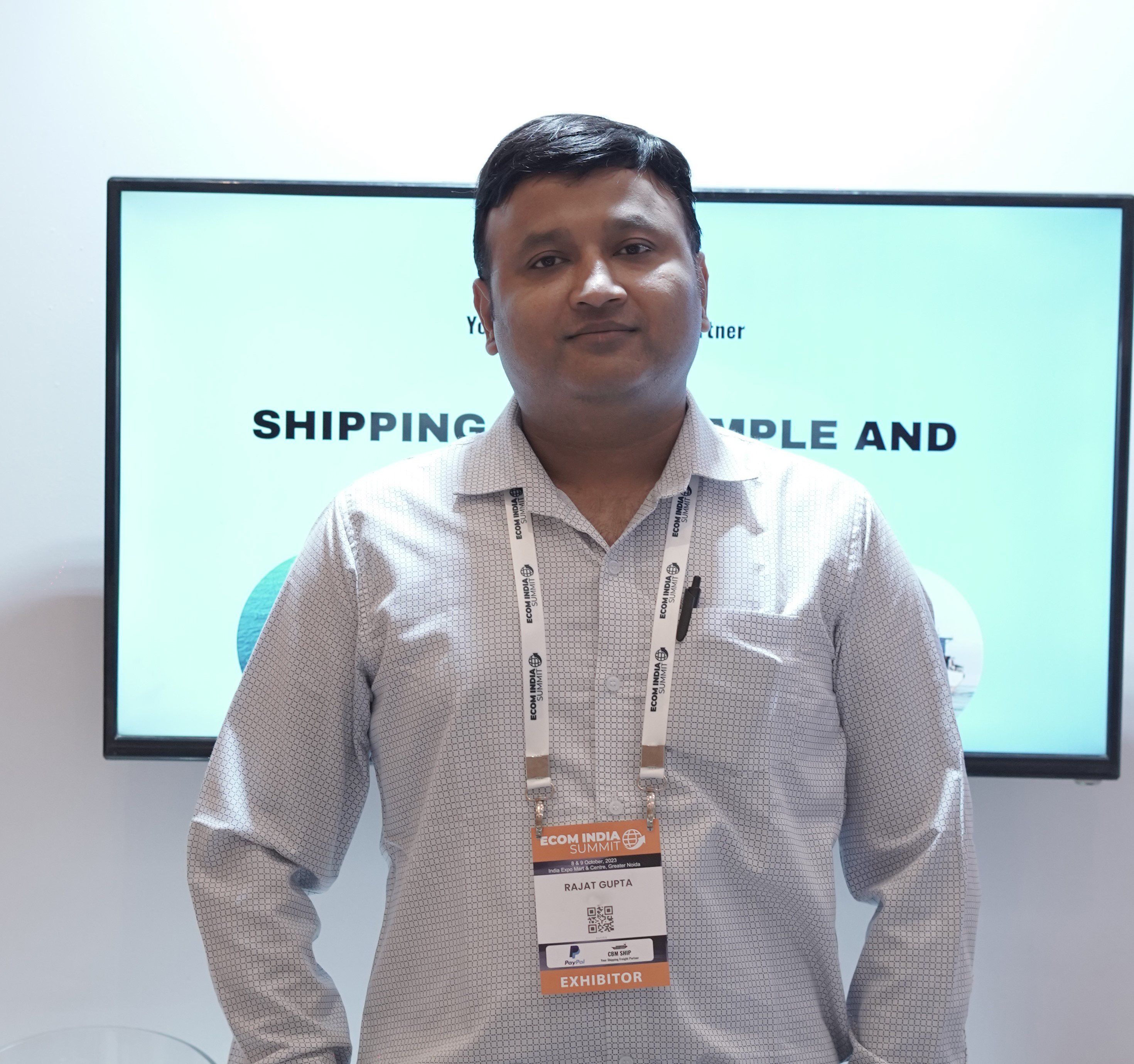To maximize efficiency, companies should take a strategic sourcing approach. A well-designed strategic sourcing process ensures that you work with a trustworthy manufacturing sourcing agent simplifies the journey and achieve goals.
Let’s break down the entire manufacturing journey into 6 practical and actionable steps.
Step 1: Explore Different Methods of Sourcing
First understand how you can source your product. Here are four effective ways:
- Sourcing Agents: A reliable sourcing agent helps identify qualified suppliers, negotiates pricing, inspects product quality and coordinates logistics. If you are searching for sourcing agent you can contact us: info@panoramicsourcing.com
- Trade Shows: Major events like the Indian Handicrafts & Giftware Fair allow you to meet suppliers in person also examine samples and build trust before doing business.
- Online Marketplaces: Trusted platforms like IndiaMART, TradeIndia, WholesaleBox, ExportUsIndia and eIndiaWholesale provide supplier directories and product catalogs for easy browsing.
- Social Media: Some suppliers advertise on platforms like Facebook or Instagram. While unconventional, these can be useful leads—but require careful vetting.
Each method has pros and cons. For efficiency many businesses combine digital sourcing with on-ground agents or event visits to verify supplier authenticity.
Step 2: Set the Right Selling Price
Setting the selling price requires more than just covering costs. Here’s what you need to consider:
- Know Your Market: Understand your target customer segments and their spending habits.
- Know Your Revenue Target: Identify the price point that supports profitability while staying competitive.
Step 3: Test Your Product Before Full-Scale Production
Here are some cost-effective methods:
- Concept Testing: Gauge public interest by presenting product mockups or designs to potential customers for feedback.
- Comparison Testing: Present multiple versions of your product (e.g., color or style variations) to see what customers prefer.
- Usability Testing: Let real users interact with your prototype and observe how they use it. This helps identify flaws or opportunities for improvement.
Step 4: Understand and Manage High MOQ (Minimum Order Quantity)
Indian manufacturers require a minimum order quantity (MOQ), which can be a barrier for small businesses. Here’s how to manage it:
Understanding and working around MOQs helps you stay within budget while still maintaining product quality and supplier relationships.
Step 5: Ensure a Smooth Import and Customs Process
Shipping and customs clearance are vital in the product delivery phase. Key steps include:
- Check Import Restrictions: Ensure your product isn’t on the restricted or prohibited list in your destination country.
- Classify Products Correctly: Use proper HS codes for easier documentation and tax assessments.
- Choose the Right Transport: Air freight is faster but more expensive but sea freight is economical but slower.
- Pay Duties and Fees: Ensure all customs, shipping and insurance fees are accounted for.
- Track and Inspect: Use cargo tracking services and inspect the shipment upon arrival to identify any damage or discrepancies immediately.
Your export import sourcing agent or freight forwarder can help navigate these formalities and ensure you’re compliant every step of the way.
Step 6: Create a Risk Prevention Strategy
Here’s how to stay prepared:
- Know Your Supply Chain: Vet suppliers thoroughly before signing any contracts. We Panoramic Sourcing trips to India can help you in that.
- Identify Risks Early: Consider delays, currency fluctuations, quality issues and geopolitical concerns.
- Develop a Contingency Plan: Have backups for suppliers, logistics partners and production schedules.
Conclusion
For international trade, a reliable export import sourcing agent will protect your shipments and ensure smooth customs processing.
Above all, applying strategic sourcing principles and a structured strategic sourcing process ensures you don’t just save money—you build a scalable, sustainable supply chain that grows with your business. Learn how the India vs China sourcing comparison can further guide your supplier choices.

Written by Rajat Gupta
Panoramic Sourcing
Rajat Gupta is the co-founder of Panoramic Sourcing and heads the Marketing Department. With 25+ years of experience, he helps international buyers, especially from the U.S., find reliable manufacturers in India. His focus is on building strong supplier relationships and making sourcing smooth and transparent.
- Use Multiple Suppliers: Spread smaller orders across different vendors to meet needs without exceeding budget.
- Choose Ready-Made Products: Pre-manufactured items often come with lower MOQs compared to custom-made goods.

